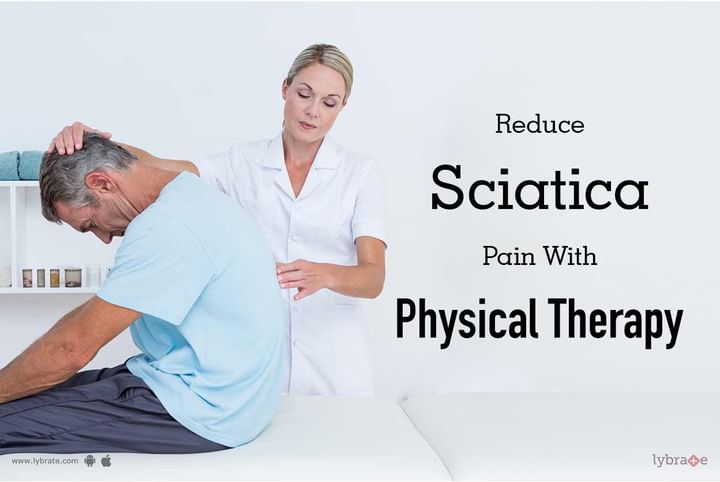Reduce Sciatica Pain With Physical Therapy
Sciatica is a very common neuropathic pain that is caused by damage to the sciatic nerve, a large nerve that runs from the lower back region down the end of each leg. It is the largest single nerve in the body.
This condition affects around 4 out of 10 people at some point of their lives. The nature of the pain varies from a mild ache to a sharp stinging sensation and may cause feelings of numbness and extreme weakness.
Causes of Sciatica
The causes for the onset of Sciatica are numerous. Some of them are as follows:
- Slipped lumbar disc
- Muscle inflammation
- Internal bleeding
- Pregnancy
- Obesity
- Awkward sleeping position
- Uncomfortable footwear
- Spinal injury
How can physical therapy help?
There are many ways of treating Sciatica, such as medication, acupuncture and surgery, which can provide relief. The most common and easy treatment method however is physical therapy. A progressive and controlled exercise routine that is specifically tailored to the nature of the condition in consultation with a physical therapist acts as an effective remedy in treating the problem. It alleviates pain and also eliminates the chances of relapse.
Physical therapy exercises used to treat Sciatica are of many types. They are a combination of core strengthening, muscular stretching and aerobic conditioning routines, which aim at correcting the root of the problem.
The different types of exercises employed to treat Sciatica include the following:
- Strengthening exercises: These aim at strengthening the spinal column and the pelvic region, which includes the hips and buttocks. They help in making the muscles and ligaments in this region more robust and allow for improved flexibility and support.Lunges and squats are some of the examples.
- Stretching exercises: These provide pain relief through improved agility and flexibility. The most important aspect of these routines is stretching and exercising the hamstring. Hamstring, stretches, calf stretches and tricep stretches are a part of stretching exercises.
- Aerobic conditioning: These are cardiovascular exercises of low intensity, which provide pain relief through the release of endorphins and the facilitation of fluid and nutrient exchange. Examples of these are swimming and brisk walking.



+1.svg)
